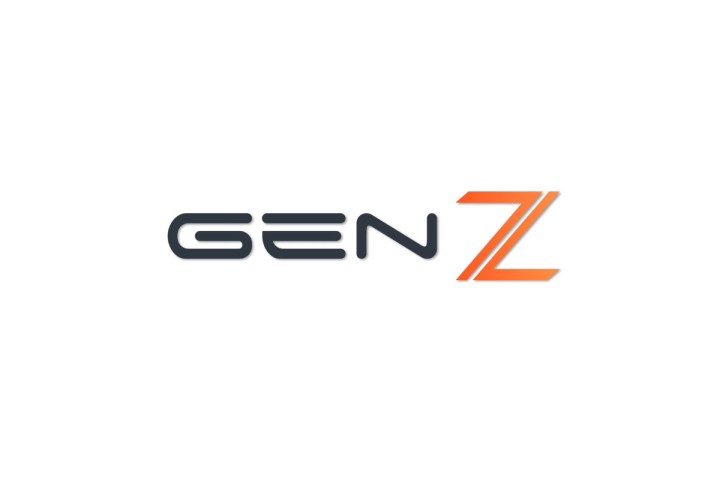
Gen-Z is made up of companies across the computing spectrum, including Dell EMC, IBM, ARM, and Redhat, according to Anandtech. The consortium has the lofty goal of creating an open, royalty-free, and non-proprietary “interconnect,” which is the means by which data is moved between system components. The new interconnect is required due to the emergence of new “storage-class memory” that can bridge the gap between super-fast, cache-based RAM and slower, block-based storage devices such as hard drives and SSDs.
Put as simply as possible, Gen-Z is developing a new architecture that will create a new “memory-semantic fabric” that will ensure processors have more consistent access to high-bandwidth and low-latency memory. In other words, the new architecture will utilize the new storage-class memory types, such as MRAM, sitting between RAM and storage in a new three-tiered model.
The details are complicated, but the net benefit to PC users will be systems that not only perform better but also provide opportunities for real-time analysis that is not possible with the current model. Security can also be enhanced and the consortium is working to ensure the new architecture has a positive impact on system costs. Gen-Z is also designing a new architecture that can plug into existing ecosystems without the need for altering the operating system.
Anyone who wants to delve into the nitty gritty of the new data access technology can access the Gen-Z consortium’s presentation. For everyone else, the results of the consortium’s efforts should be relatively transparent, with the new architecture being designed and then integrated into new systems in an open and non-proprietary fashion. In short, PCs will get faster and more economical in a shorter timeframe thanks to some industry giants cooperating and thus avoiding the fragmentation that sometimes occurs with new technologies.

